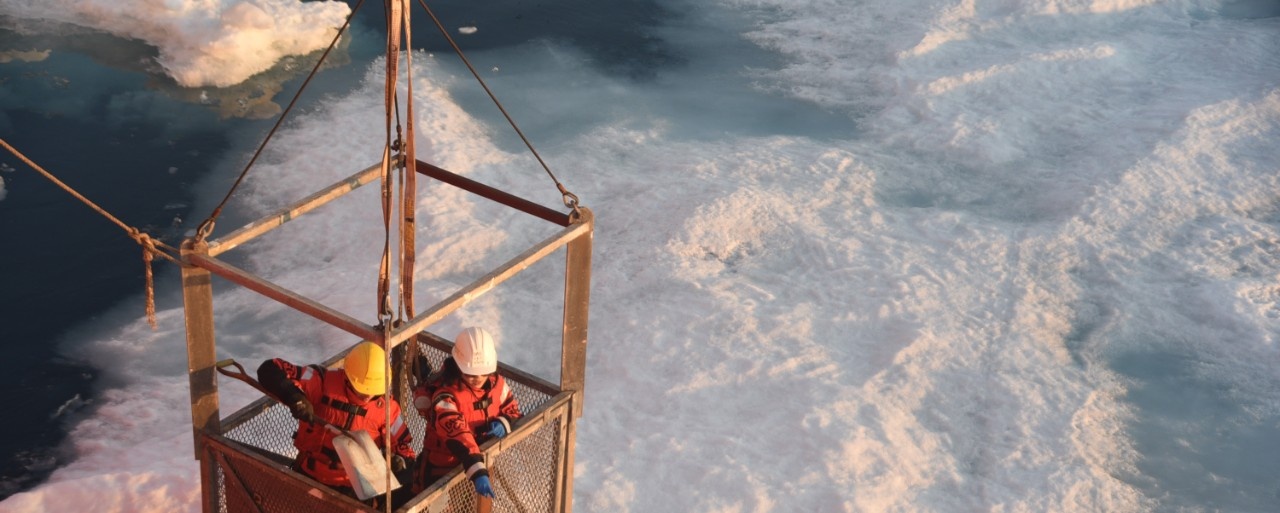John Zevenhuizen

M. Sc. Thesis
Late Quaternary and Surficial Marine Geology of Southeastern Hudson Bay
(PDF - 24 Mb)
During the Late Quaternary both the Hudson and New Quebec Ice Domes that covered the southeastern Hudson Bay region began to recede, the region was flooded by glacial Lake Ojibway, water level dropped by up to 200m and the area was invaded by the Tyrrell Sea. This was followed by glacio-isostatic rebound. The onshore and offshore sediments have preserved the evidence of these events.
There are four distinct morphological zones of the till/ice contact (Unit 2) sediments. The oldest zone is marked by a fluted discontinuous till and is associated with the initial division of the Labradorean Ice Dome into the Hudson and New Quebec Domes. Next an offshore moraine parallels the coastline from the southern border of the survey area to Duck Island and is interpreted to be the marine equivalent of the onshore Sakami Re-Equilibration Moraine. Catastrophic drainage and the initial outflow appears to have been south of the Belcher Islands then through Winisk Trough into Hudson Bay. This formed a calving bay extending into the southern portions of the survey area leaving the northern areas ice covered. Re-adjustment of the remaining ice sheet to this position formed the shallow water northern 8.0 ka moraine. Within the nearshore areas, complex ice contact sediments appear to coincide with glacial outflow from the last stages and could represent glaciofluvial deposits such as observed east of the Sakami Re-Equilibration Moraine.
Glaciolacustrine/marine is present throughout most of the study area as a conformable drape over the bedrock and till/ice contact sediments, these sediments do not interfinger with the till. An ice margin position is observed at an isolated location near the northern moraine. Similar well banded rhythmite sequences are present throughout Hudson Bay and into western Hudson Strait. The one condition that all these widely spaced occurrences have in common is that where micropaleontological analysis has been completed the zone is virtually barren.
This unit contains intervals of what appears to be previously frozen, disaggregated sediments. It is envisioned that small scale pore water chemistry and temperature changes induced by the influx of large volumes of cold and saline Tyrrell Sea water and the subsequent touchdown of the ice mass caused changes necessary for the temporary freezing of this unit.
The postglacial/recent sediments conformably overlie and grade into glaciolacustrine/marine sediment unit. Sediments of this unit display considerable horizontal and vertical variability. Deposition of this unit is influenced by tidal currents, wave base reworking and sediment failure.
Keywords:
Pages: 228
Supervisor: David Scott



